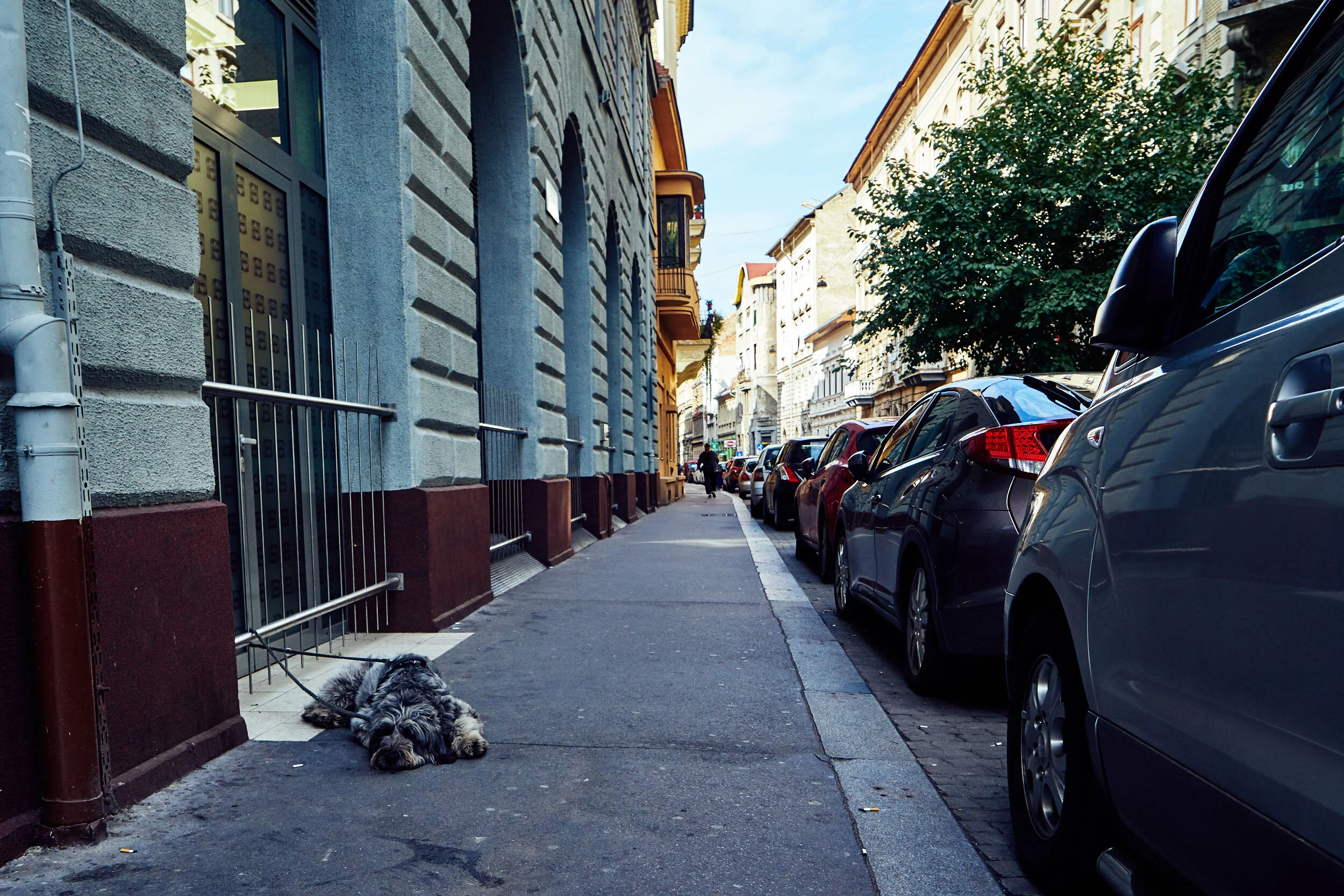The Danube flows through or borders 10 different countries, the most of any river in the world, originating in Germany and flows southeast for over 2800 km before draining into the Black Sea. During the height of the Roman Empire, the Danube formed what was the long-standing frontier.
At a section of the river known as the Danube Bend, the river separates two districts known Buda and Pest, in 1849 only a year after the Hungarian Revolution, with the opening of the Széchenyi Chain Bridge first permanent bridge across the Danube, thereby uniting these districts, by 1873, Buda and Pest, along with the third district of Óbuda officially merged becoming the modern city of Budapest that we know today.
The Austro-Hungarian Compromise of 1867 established the dual monarchy of Austria-Hungary and put an end to 18 years of military dictatorship over Hungary following the Hungarian Revolution of 1848. The revolution was brought to an end when, with the aid of the Russian military, the Austrian army defeated the Hungarian forces and Hungary was placed under a brutal martial law. Under the Compromise, Austria formerly recognised the Kingdom of Hungary, the former lands of the House Of Habsburg were reorganised to form a union between the Austrian Empire and the Kingdom of Hungary, headed by a single monarch, as the emperor in Austria and the king in Hungary. The Hungarian and Austrian states whilst governed by separate parliaments and prime ministers the two countries enacted unified foreign diplomatic and defence policies.
In the years leading up to the First World War, the Jewish population had continued to grow, peaking around 24% in the early 1900s. As the 20th century got underway, the increasing prosperity of the city and its Jewish citizenship, Budapest had become referred to as “Judapest” or the “Jewish Mecca”. By the end of the Second World War, some 40 years later it was estimated that up to 40% of the Jewish population of 250,000 had been exterminated under the Nazi occupation.
Following the end of the First World War and the collapse of the Austro-Hungarian empire, Hungary declared itself an independent republic, The Treaty of Trianon in 1920, the formal peace agreement that set out the terms peace deal and saw the ceding of more than two-thirds of it's territories to neighbouring countries. The present-day boundaries are almost the same as those set out in the treaty of 1920.
The liberation of Hungary from Nazi occupation in 1945 by the Red Army, that brought about another occupation, this time by the Soviet military that saw Hungary become officially recognised as the People's Republic of Hungary in 1949. With tensions rising high, the 23 October 1956 saw what became known as the Hungarian Revolution. Demonstrators in Budapest were calling for democratic reform and calling for Imre Nagy to be installed as prime minister. By the 4th November, Soviet tanks rolled into Budapest to crush the uprising. Hungarian resistance held out until 10th November, by mid-November the death toll was estimated to be 3000.
With the fall of the Berlin wall in 1989, the Soviet Union began to disintegrate, Hungary was quick to follow Poland's lead and on 23rd October 1989, the 33rd anniversary of the 1956 revolution the communist regime of Hungary was formally abolished and Hungary transitioned to a democracy becoming the Republic of Hungary.











































































